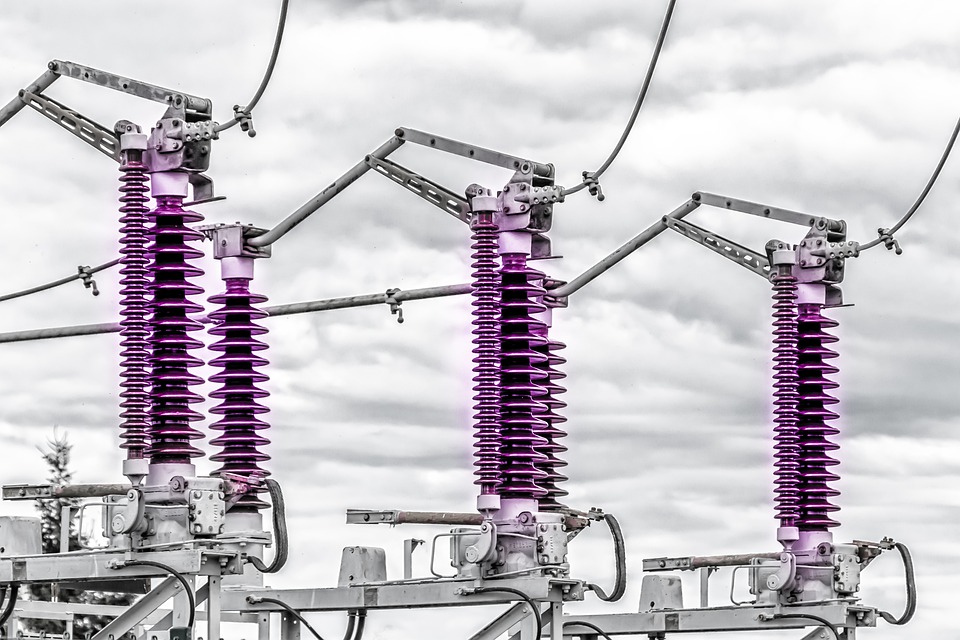WHAT IS HIGH VOLTAGE CIRCUIT BREAKER COMPONENT?
2022-08-17
2020-04-03
It is understood that power distribution is an extremely important link in the generation, transmission and use of electricity. The power distribution system includes transformers, various high- and low-voltage electrical equipment. Low-voltage circuit breakers are a large-scale and widely-used electrical appliance. The purpose of this article is to talk about high voltage circuit breakers. High-voltage circuit breaker (also called high-voltage switch). It can not only cut off or close the no-load current and load current in the high-voltage circuit, but also cut off the overload current and short-circuit current through the role of the relay protection device when the system fails. Complete arc extinguishing structure and sufficient current interrupting capacity can be divided into: oil circuit breaker (more oil circuit breaker, less oil circuit breaker), sulfur hexafluoride circuit breaker (SF6 circuit breaker), compressed air circuit breaker, vacuum circuit breaker And so on.

(1) Control function—according to the operation needs of the power grid, a part of electric equipment or lines is put into or out of operation by the high-voltage circuit breaker.
(2) Protection function-when the power equipment or line fails, with the cooperation of relay protection and automatic devices, the high-voltage circuit breaker is quickly opened, the fault is removed, and the fault-free part of the power system is protected to operate normally.
Basic structure of high voltage circuit breaker
(1) Breaking element
It is designed to open and close the circuit and safely isolate the power supply; it includes conductive circuits, dynamic and static contacts and arc extinguishing devices.
It is the body that supports the switch and can withstand the operating force of the breaking element and various external forces to ensure the insulation of the breaking element to the ground; including porcelain pillars, porcelain sleeves and insulating pipes.
(3) Transmission element
It transmits operating commands and operating kinetic energy to the moving contacts. These include connecting rods, booms, gears, hydraulic or pneumatic pipes.
(4) Base
The base is used to support and fix the switch.
(5) Operating mechanism
This is mostly used to provide energy and operate the switch to open and close. There are electromagnetic, hydraulic, spring, pneumatic and so on.
Main components of high voltage circuit breaker
The high-voltage circuit breaker can be divided into four parts: conductive part, arc-extinguishing part, insulating part, and operating part.
(1) Conductive part
It mainly includes dynamic and static arc contacts, main contacts or intermediate contacts and various forms of transitional connections. Its role is through the working current and short-circuit current.
(2) Insulation part
It mainly includes oil, vacuum or SF6 gas and other insulating media, porcelain sleeves, insulating rods, etc. Its role is to ensure that the conductive part has a good insulation state to ground, between different phases, and between the same-phase fractures.
(3) Arc extinguishing part
It mainly includes dynamic and static arc contacts, nozzles and pressure cylinders. Its role is to improve the arc extinguishing ability and shorten the arcing time. It is necessary to ensure that the large short-circuit current is reliably interrupted, and that the small inductive current is not interrupted, or the overvoltage generated does not exceed the allowable value; the small capacitive current is not reignited.
(4) Operating part
Mainly refers to various types of operating mechanisms and transmission mechanisms. Its role is to achieve the specified operating procedures for the circuit breaker and enable the circuit breaker to be maintained at the corresponding opening and closing positions.




